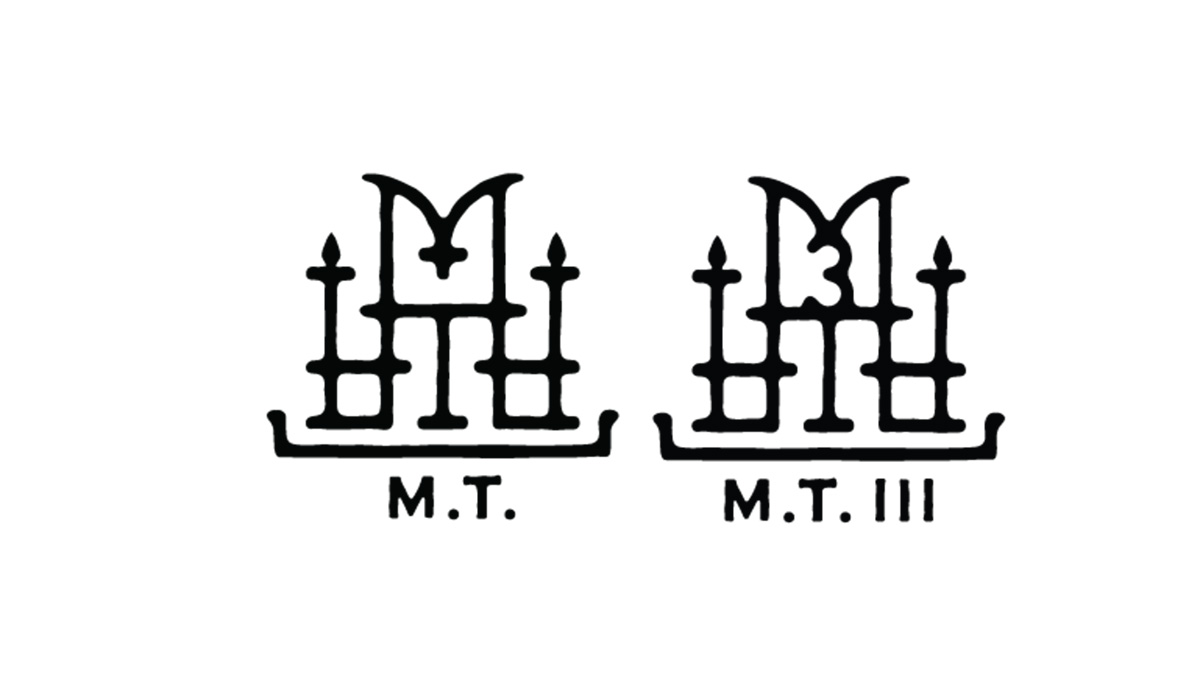Late last year I was extremely excited to see Jester King and others introduce a certification mark for traditionally made coolship beers. You’ve probably heard of it, it was called Méthode Gueuze, and there was also the more general Méthode Lambic.
The idea of a certification mark for beers produced in certain ways is not new, I’ve long been an advocate for accuracy in naming types of sour beers. Being a big fan of Belgian beers, it is hard not to notice the distinct “Brewed in Belgium” and “Trappist” badges that adorn a lot of my favorite bottles. It definitely made sense to me that we should have a similar mark for different types of sour production, as I feel there is a ton of confusion and even some outright deception in that market. So, again, without a doubt, the mark published by the fine folks at Jester King definitely interested me.
 The MG/ML marks, as many began to call them, were created to give a name for beers that were inspired by the unique production methods of Belgian gueuze and lambic, but that were not brewed in the Pajottenland region of Belgium. I know myself and many others feel strongly that a beer called lambic/gueuze can only come from this area around the Zenne River valley. As a brewer of beers made following the traditional process which are used there, it becomes difficult to figure out what to call our beers stylistically.
The MG/ML marks, as many began to call them, were created to give a name for beers that were inspired by the unique production methods of Belgian gueuze and lambic, but that were not brewed in the Pajottenland region of Belgium. I know myself and many others feel strongly that a beer called lambic/gueuze can only come from this area around the Zenne River valley. As a brewer of beers made following the traditional process which are used there, it becomes difficult to figure out what to call our beers stylistically.
(READ: A Sour Beer Pickle: Can American Brewers Better Define this Beer Style?Opens in new window)
When it comes to beer style names, on one hand, we want to honor the idea that our beer is not lambic as it is not made in Belgium. On the other hand, we want to be able to concisely explain to our customers the complex and very special process that is used to make many of our beers.
Raw wheat, turbid mashing, 100 percent spontaneous coolship inoculation, barrel fermentation, etc – these are not required to make sour beer; they aren’t required to make great sour beers, even. However, these are the methods we have chosen to use in many of our beers, and we want to be able to share that information with our fans. Furthermore, as a consumer, I think it is important to have an idea of how a beer is made when you see it on a store shelf or on a menu.
All of these issues were wonderfully solved by Méthode Gueuze / Méthode Lambic … until it came to everyone’s attention that perhaps not all of the actual Belgian lambic producers were OK with this name. Specifically, the High Council for Artisanal Lambic Beers (HORAL), which is an organization representing the vast majority of Belgian lambic breweries, said that they did not agree with the names/marks. This came as a surprise to many of us, including the creators of the marks. Eventually, private emails became public and the beer world at large wondered what was going to happen. Some brewers continued or even began using MG or ML after it was clear HORAL did not agree with it, others – like Black Project – decided to wait and see what kind of resolution could be found.
Soon after, I was honored to have been invited to join many of my idols in the sour beer world to help shape and define the standards for Méthode Gueuze and Méthode Lambic. In June, as part of this involvement, I was able to travel to Lot, Belgium to a meeting at the 3 Fonteinen Lambik-O-Droom. The meeting included myself, Jeffrey Stuffings from Jester King, Pierre Tilquin from Gueuzerie Tilquin, Werner van Obberghen from 3 Fonteinen, and Frank Boon from Brouwerij Boon. It still feels pretty unreal and incredible to be included in that group. It was a great meeting with lots of great discussion (and plenty of great lambic poured for us by Armand DeBelder of 3 Fonteinen). Afterwards, we spent time touring both the 3 Fonteinen and Boon facilities, a day I will never forget, but I digress.
(READ: Unicorn Milk Beer, an Accidental Success Story)
Replacing Méthode Gueuze and Méthode Lambic Markings
Ultimately it was agreed that Méthode Gueuze and Méthode Lambic would be replaced by new marks which did not mention the words lambic or gueuze. It was agreed that there was no issue with American brewers following the traditional process to say in a description of their beer on labels that it was inspired by lambic/gueuze, but that those words shouldn’t be the style description or name of the beer. I don’t necessarily personally agree with HORAL that American Méthode Gueuze beers would be confused with real Belgian Gueuze beers sitting next to them on a shelf. However, the much bigger issue for me is that MG was a mark created to show respect for the Belgian producers and if a large number of them felt it was disrespectful, it doesn’t make any sense to use it.
From the meeting with HORAL, a small group of U.S. brewers who are currently producing these traditional beers, began work on defining a new set of standards: Méthode Traditionelle representing traditional lambic-inspired production methods and then Méthode Traditionelle – 3 Year Blend representing gueuze-inspired aging and blending.
(READ: Jester King’s Jeff Stuffings on the New Mark)
In my view, the creation and use of these marks is a huge step forward for naming, styles, and transparency in the American sour beer industry. Sour beer brewers in the U.S. are a small but passionate group, and make beer which an extremely diverse range of processes. To those brewers who follow the traditional Belgian-inspired processes, I would kindly ask you to consider using the Méthode Traditionelle crests where applicable. For those that don’t make beer following this process, I would encourage you to work with others to figure out if there is a way to similarly define your methods to generate more clarity in our tiny slice of the craft beer world.
Black Project is extremely excited to now be able to use the Méthode Traditionelle certification marks on our beers, knowing that the standards are clearly defined and that the marks are not causing contention with the producers who inspired us. You will begin to see the “MT” or “MT3” crests on relevant bottles of our beer very soon. Thanks so much for reading. More information about the standards can be found at Méthode Traditionelle Standards
James Howat – Black Project Brewing Founder, Brewer, Blender

Share Post